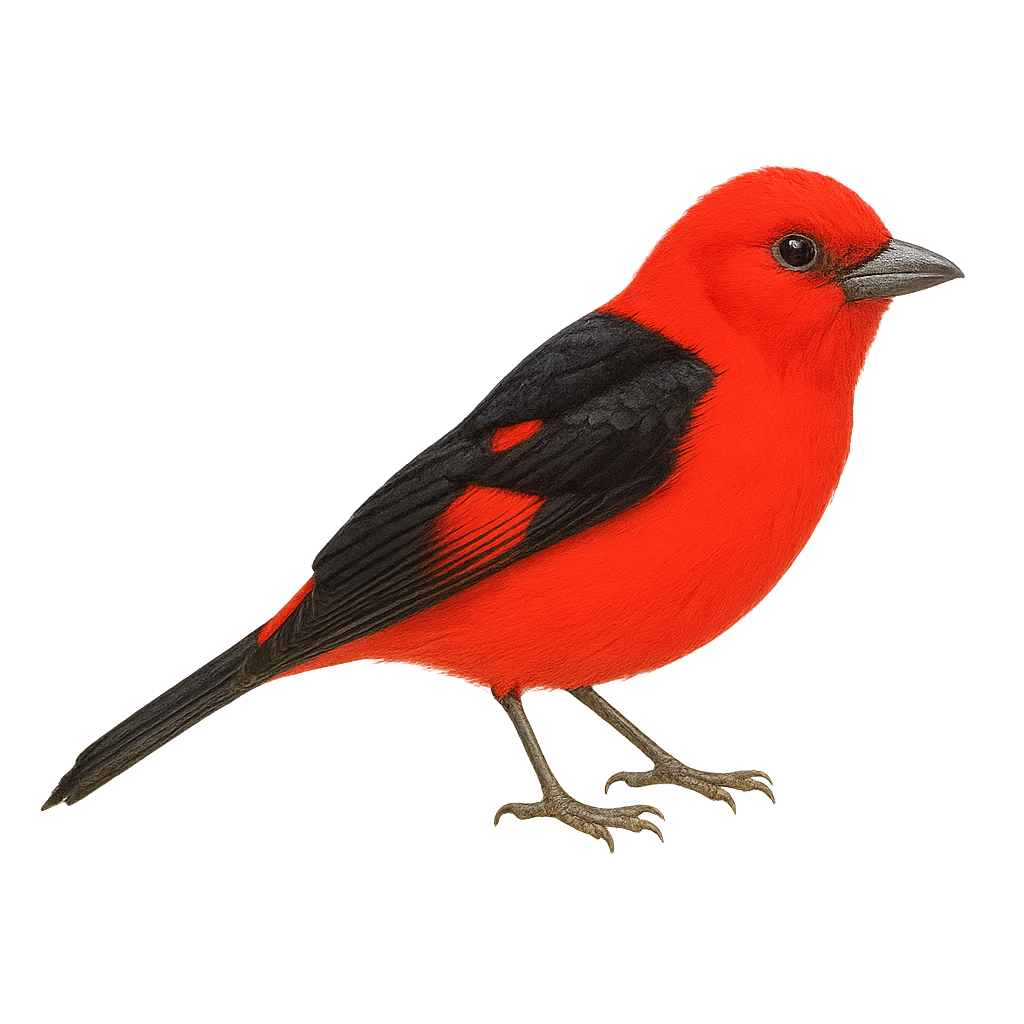Your wildlife photography guide.
Explore the white-winged tanager in detail, study its behavior, prepare your shots.
Where to observe and photograph the white-winged tanager in the wild
Learn where and when to spot the white-winged tanager in the wild, how to identify the species based on distinctive features, and what natural environments it inhabits. The WildlifePhotographer app offers tailored photography tips that reflect the white-winged tanager’s behavior, helping you capture better wildlife images. Explore the full species profile for key information including description, habitat, active periods, and approach techniques.
White-winged Tanager
Scientific name: Piranga leucoptera

IUCN Status: Least Concern
Family: CARDINALIDAE
Group: Birds
Sensitivity to human approach: Suspicious
Minimum approach distance: 10 m
Courtship display: May to June
Incubation: 12-13 jours
Hatchings: May to July
Habitat:
tropical forests, subtropical forests, forest edges
Activity period :
Primarily active during the day, with peak activity in the morning and late afternoon.
Identification and description:
The White-winged Tanager, or Piranga leucoptera, is a colorful bird primarily inhabiting the tropical and subtropical forests of Central and South America. This tanager is distinguished by its vibrant plumage, with males displaying a striking red contrasted by distinctive white wings, while females exhibit more subdued shades of yellow and olive. Measuring about 18 cm in length, this bird is often seen in pairs or small groups, feeding mainly on fruits and insects. Although relatively discreet, its melodious song and vivid colors make it easily noticeable in its natural habitat.
Recommended lens:
400mm – adjust based on distance, desired framing (portrait or habitat), and approach conditions.
Photography tips:
To photograph the White-winged Tanager, it is advisable to use a telephoto lens of at least 400mm to capture detailed images without disturbing the bird. Look for areas where fruits are abundant, as these birds are often attracted there. Be patient and discreet, as although suspicious, this bird may approach if you remain still. Take advantage of the early morning hours to benefit from soft, natural light that will highlight the vivid colors of its plumage.
The WildlifePhotographer App is coming soon!
Be the first to explore the best nature spots, track rutting seasons, log your observations, and observe more wildlife.
Already 1 430 wildlife lovers subscribed worldwide

